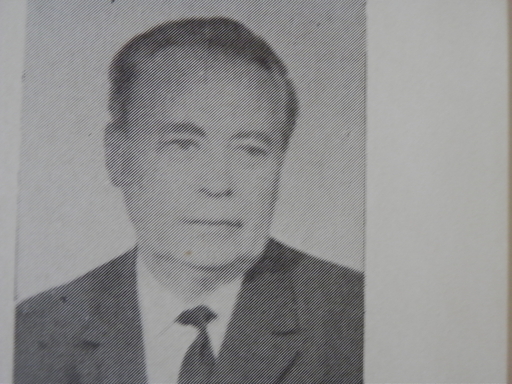
Czech linguist, prominent 20th-century Byzantinist and Paleo Slavist working in Czechoslovakia, the Federal Republic of Germany and the USA. His work was recognised abroad as well.
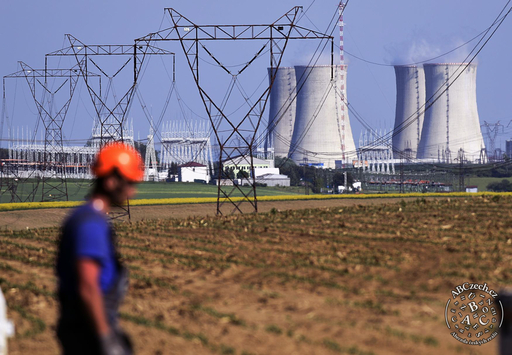
One of the two nuclear power stations in the Czech Republic and the first in which fission took place.

Czech Catholic priest and historian of Moravian descent. The most famous Czech Byzantinist known worldwide and working mostly in the USA.

Electric locomotive that was planned as the first third-generation electric locomotive by Škoda. It never entered mass production; only one unit was produced in 1987. The unit was shedded in 1997 and later taken out of service.

The first multi-system electric locomotive by Škoda and the first representative of the 2nd generation of Škoda electric locomotives. Owing to its modern design of unified structural elements, it became the basis for another important class of locomotives: class 150, i.e. 151.

The first mass-produced 3rd-generation electric Škoda locomotive. It is currently the most powerful and fastest Czech locomotive, which can be used in all neighbouring countries. Moreover, derived versions have been developed for German and Slovak railway companies.

Electric unit produced in two prototypes in 1990 and 1991. Although it never entered mass production, the two produced units transported passengers on railways near Prague and briefly also in Ostrava until 2003 and 2009 respectively. The became predecessors to the more modern, successful and better known class 471.

Second generation electric multisystem Škoda locomotive, delivered from 1980 to 1990. It became the world’s first multisystem locomotive with pulse regulation and laid the foundations for other locomotives widely Czech locomotives – classes 163, 162 and 263.

The most widespread Czechoslovak train units used in the second half of the 20th century. Their history goes back to the middle 1950s and although their planned service life was 15 years, because of their advanced engineering solution and reliability they were in operation until 2018.

The Czech Republic is one of the most energy-independent countries in the EU.

Modern aircraft intended for aero clubs and flight schools. Evektor aircraft are a combination of excellent flight characteristics, low operating costs, modern design and affordable price.

The only faculty of its kind in Europe. It manufactures nanomaterial that is, among its other properties, highly effective as protection against viruses.

It was introduced in 1891 by František Křižík, as a part of the General Land Centennial Exhibition in Prague.

Originally an agricultural tool that was modified to serve as a weapon and became one of the symbols of Hussite warfare.
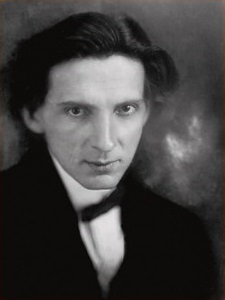
Czech explorer, botanist, ethnographer, writer and photographer. South American Indians called him Karaí Pukú (Long Hunter) and in Europe he was nicknamed Cactus Hunter.
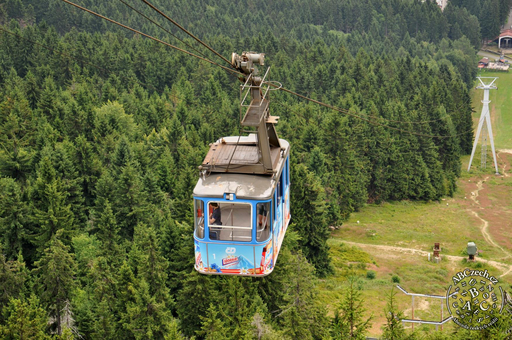
The first funiculars in the Czech Republic date from the 19th century.
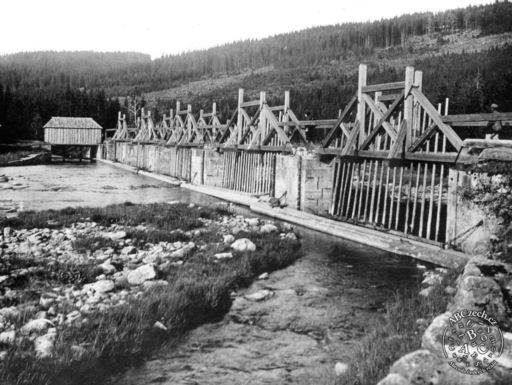
A unique, seventy-two-metre long bridge across the river Vydra. It is a replica of an 800-year-old bridge.

Czechoslovak German studies expert, literary historian and critic, diplomat in Czechoslovakia and Great Britain.
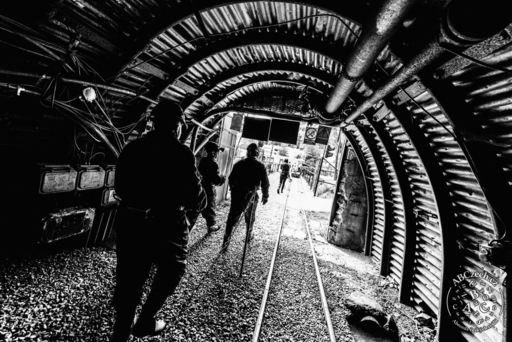
The only graphite mine in the Czech Republic that is accessible to the public, functioning as late as 2003.
2016-2020 ABCzech.cz - © Filozofická fakulta Univerzity Karlovy
Content from this website may be used without permission only for personal and non-commercial purposes and with the source cited. Any other use is allowed only with the authors' consent.
This web application Sonic.cgi meets GDPR requirements. Current information can be found here.